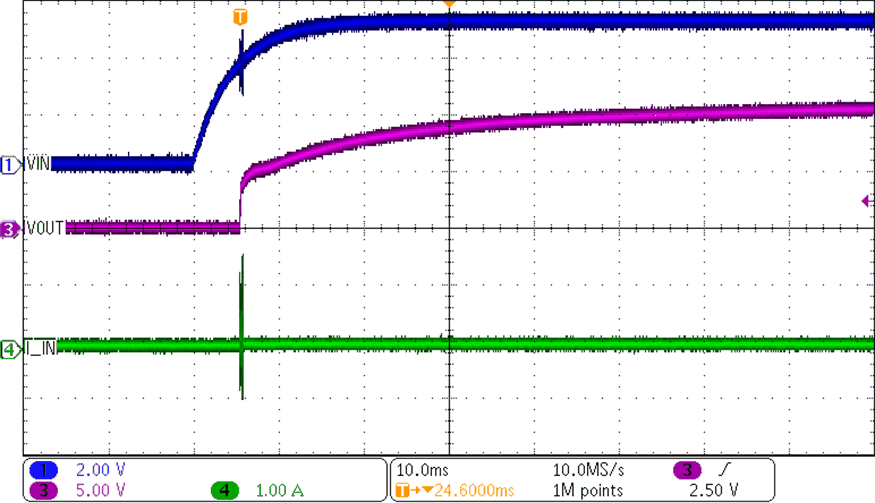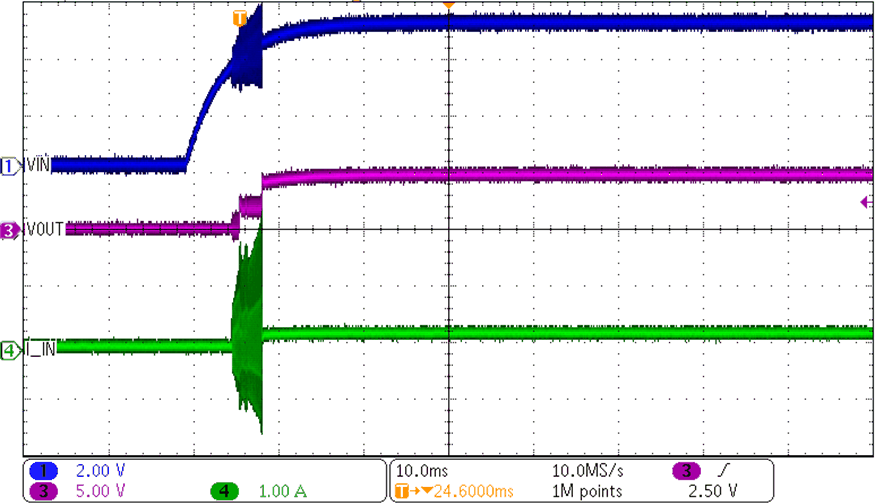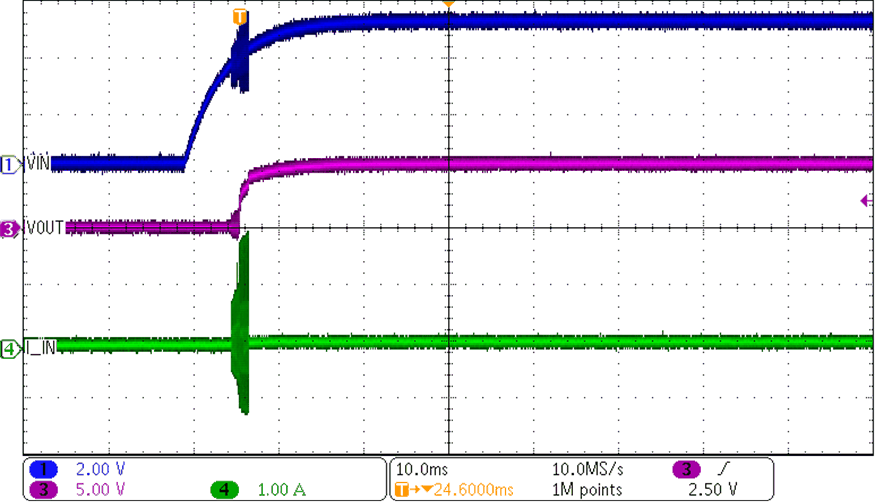SBVS012I December 2000 – September 2020 DCP010505B , DCP010505DB , DCP010507DB , DCP010512B , DCP010512DB , DCP010515B , DCP010515DB , DCP011512DB , DCP011515DB , DCP012405B , DCP012415DB
PRODUCTION DATA
- 1 Features
- 2 Applications
- 3 Description
- 4 Revision History
- 5 Pin Configuration and Functions
- 6 Specifications
-
7 Detailed Description
- 7.1 Overview
- 7.2 Functional Block Diagrams
- 7.3 Feature Description
- 7.4 Device Functional Modes
-
8 Application and Implementation
- 8.1 Application Information
- 8.2 Typical Application
- 9 Power Supply Recommendations
- 10Layout
- 11Device and Documentation Support
- 12Mechanical, Packaging, and Orderable Information
Package Options
Mechanical Data (Package|Pins)
Thermal pad, mechanical data (Package|Pins)
Orderable Information
7.3.10 Power-Up Characteristics
The DCP01B series of devices do not include a soft-start feature. Therefore, a high in-rush current during power up is expected. Refer to the DCPA1 series of devices for a 1-W, isolated, unregulated DC/DC converter module with soft start included. Figure 7-3 shows the typical start-up waveform for a DCP010505BP, operating from a 5-V input with no load on the output. Figure 7-4 shows the start-up waveform for a DCP010505BP starting up into a 10% load. Figure 7-5 shows the start-up waveform starting up into a full (100%) load.
 Figure 7-3 DCP010505BP Start-Up at No Load
Figure 7-3 DCP010505BP Start-Up at No Load Figure 7-5 DCP010505BP Start-Up at 100% Load
Figure 7-5 DCP010505BP Start-Up at 100% Load Figure 7-4 DCP010505BP Start-Up at 10% Load
Figure 7-4 DCP010505BP Start-Up at 10% Load